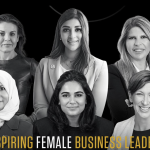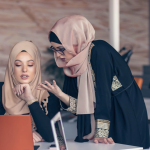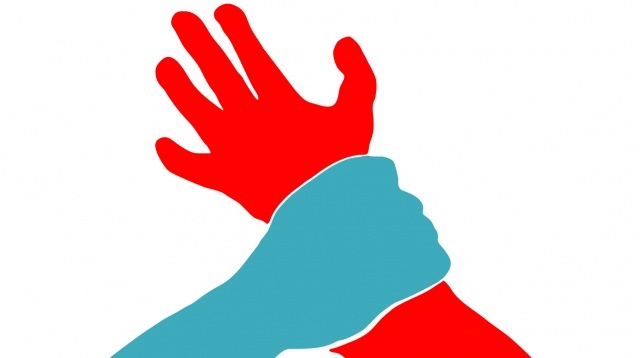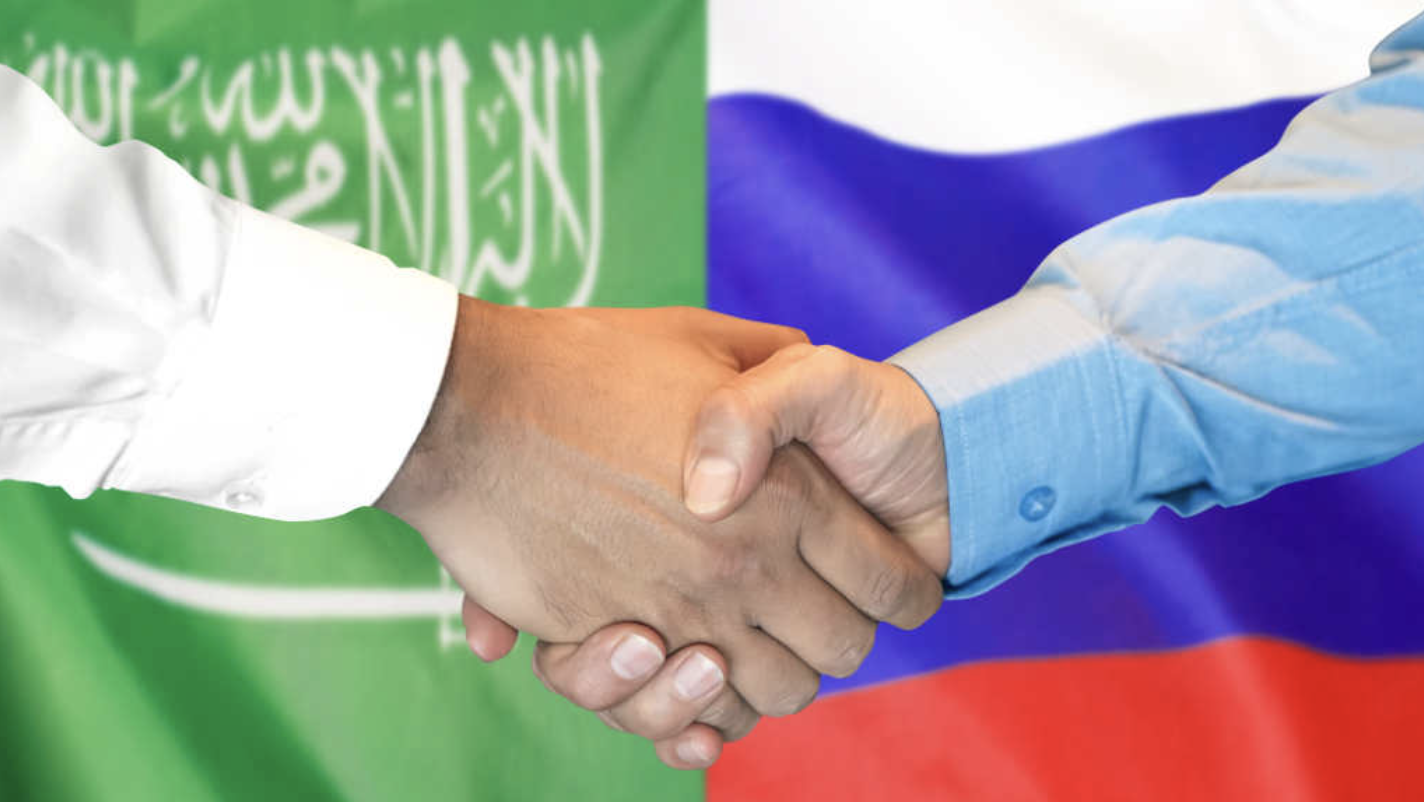[ad_1]
It was Kristen’s first relationship. For the better part of five years, when she was 15 to 20 years old, she was raped and strangled with a belt or hands by her boyfriend, a peer. The belt strangulation caused burst capillaries, which she covered with makeup. She reflected that she was so deep into the relationship, she didn’t think the violence and injuries were wrong or serious, and not result of anything she’d done or said.
Kristen’s story is not unique. One in three teens will experience physical, sexual, or emotional abuse from someone they’re in a relationship with.
Kristen, 27, now a scientist with a pharmaceutical company, didn’t know the warning signs, even though her school grades dropped when she was with her abuser. “It would be helpful to have a unit [in high school] on safe and healthy relationships,” she says, “as well as on abuse and how abuse manifests.”
Jamila Hinton is associate director of school-based services at New York City’s Day One, a nonprofit organization providing direct education on dating abuse and healthy relationships to New York City’s youth, 24 years of age and younger. She says that early childhood education is an excellent way to ensure that youth get foundational skills around relationships. “Friendship behaviors and behaviors one has in a romantic relationship are pretty similar,” Hinton explains. They are both about “what it means to be a good friend and how we listen to each other.”
Hinton recommends “getting in on the ground floor” to talk about healthy friendships, boundaries, and body autonomy before dating begins to even be a “blip on the radar. ” “Further, when the youth are a more appropriate age,” she adds, “discussions about healthy relationships, healthy romantic relationships, and consent in a sexual manner and boundaries can begin.” Unfortunately, the funding for “getting in on a lower floor” has not caught up with the need.
While New York City’s Relationship Abuse Prevention Program (RAPP) provides dedicated licensed social workers in schools to support dating violence intervention, and many young people who are in unhealthy relationships benefit from connecting with their peers, mental health resources, and well-meaning teachers, Hinton says, “[W]hat’s needed is more.”
A more-integrated approach is required for prevention. “It’s not just one workshop. It needs to be a series of workshops,” Hinton explains. How do I communicate with kindness with my partner? How do I treat myself and how does that show up in how I treat others? How do I have a healthy conflict? “These are really important questions,” she says, but Day One lacks the funding to provide discussion space for every young person in New York City.
“Some people would say, Oh, I hurt this person because I was depressed or I hurt this person because I was anxious or paranoid or drunk or something of that nature,”Hinton continues. “Often times, when you ask them further questions, you find out that they only do that to one person in their life.” She says that if it was something that was actually uncontrollable, it would happen with every person they interact with.
Kristen suggests parents should ensure their teens have someone to talk to if their relationship becomes harmful or violent. She would also like to see ways to identify teens who are on the path before becoming abusers so that they can be rehabilitated before becoming adults, when the abuse can escalate. But there are specific challenges for teen dating violence. “I think recognizing overall that even though they’re teens and you think it’s just drama or puppy love or whatever, it can be very serious and dangerous,” Kristen adds. Kristen’s journey to healing included cognitive behavioral and eye movement desensitization and reprocessing therapies.
Her desire to do what she can to prevent another teen becoming a victim (she signed up for Voices, the National Coalition Against Domestic Violence Speaking Bureau, to share her story) coincides with Jamila Hinton’s desire for public awareness about teen dating violence.
“You have to believe that a violence-free relationship is your birthright,” says Hinton, and “You have to witness it.” The more you see evidence of violence-free contact, the more you are likely to embody it yourself. She envisions space for different ways to learn how to be in healthy relationships through the art of play, art therapy, dance, and sports.
She also believes that the work would be strengthened by continual community support. “Funding actual communities so that they can meet their basic needs would allow people to spend more time focused on how to be in relationship with each other,” she explains. “One of the things we noticed is that it is hard to take the time to talk about how do I treat my boyfriend, girlfriend, partner when I’m trying to figure out how to make ends meet at home. You can’t talk about love and kindness when you’re also talking about everybody having enough to eat.”
About the Author: Angeli Rasbury is a writer, educator, artist, and lawyer. Her articles have been published in Womensenews, Essence, American Legacy and other media outlets. She has written about cultural and social issues, particularly regarding Black girls and women.
[ad_2]












